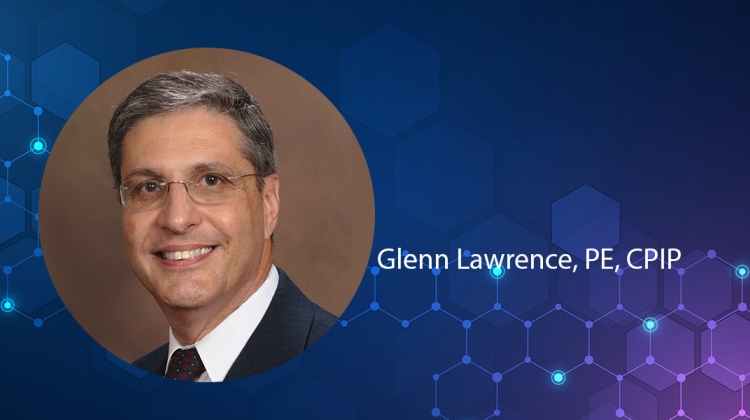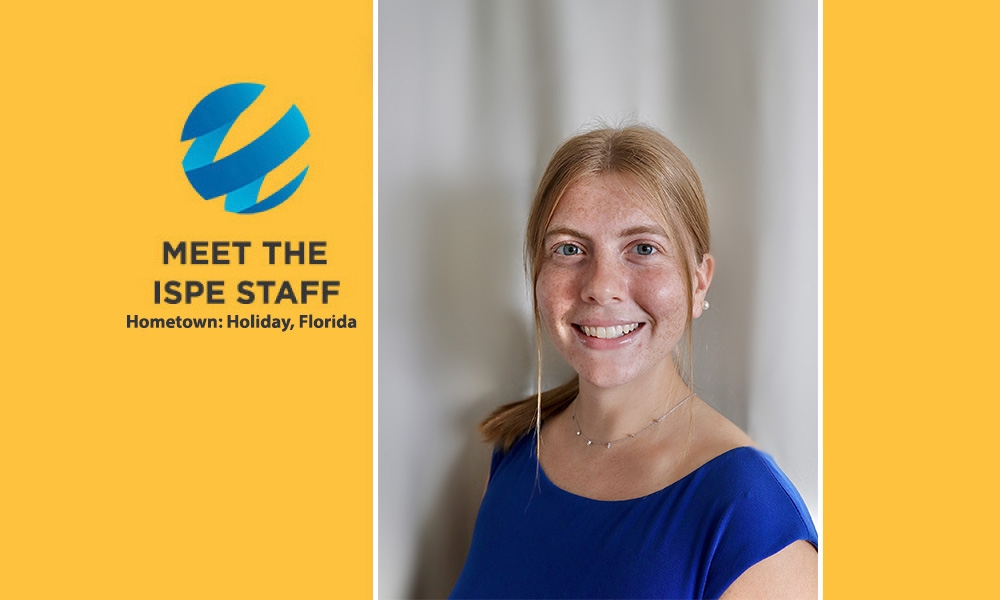Glenn says that one of the most meaningful projects he worked on during his 37 years at Merck & Co. was during the AIDS epidemic. “At the height of the AIDS epidemic, Merck developed an antiviral therapy that prevented the HIV virus from replicating itself. Getting the drug to market became the number one objective for the company.”
Glenn was selected to lead the process design for the manufacturing facility. “My team worked with the chemical research team during early clinical and technical trials to lay out how the plant would be designed, allowing the design teams to move quickly as soon as the clinical trials data showed that the drug was effective.”
Merck & Co. held meetings with AIDS activists to assure them that the company was working as fast as it could to get the drug to market. Glenn says that the activists explained that every day the drug was delayed, was the equivalent of a Boeing 747 full of people crashing.
Merck & Co. started sourcing the drug out of their pilot plants for compassionate need, though the supply was not nearly enough to meet the need. Once construction of the manufacturing factories was complete, the team did not have enough people to complete the commissioning, qualification, and startup and validation in a timely manner due to the size and complexity of the facilities. To help resolve this issue, Merck & Co. management sent anyone at corporate headquarters who had an engineering degree or manufacturing experience to help with the startup of the facility. “It was a project that was very complicated, very high level, and one that changed and saved the lives of many AIDS patients. It was a mission rather than a project.”
During his tenure at Merck, Glenn held a variety of critical roles and gained technical expertise in vaccine processing, therapeutic protein processing, chemical processing, sterile supply facilities, and clean utilities. He developed extensive knowledge in the design and execution of modular process equipment, single-use bioprocessing equipment, certified clean-in-place, sterilize-in-place, clean rooms, and process safety.
After retiring, Glenn joined a consulting firm and worked on projects for the Bill & Melinda Gates Foundation, the National Institutes of Health, and large and small pharmaceutical companies, including Merck & Co. Since leaving the consulting firm, he continues to volunteer with ISPE, serves on his university’s Chemical Engineering External Advisory Committee, and is spending more time with his family and honing his saxophone playing skills.
A member of ISPE since 2009, in addition to serving as chair of the Containment CoP, Glenn was co-chair of the ISPE Good Practice Guide: Containment for Potent Compounds and a team member of the ISPE Good Practice Guide: Good Engineering Practice (Second Edition) and the ISPE Baseline® Guide: Commissioning and Qualification (Second Edition). He is also active in the ISPE Delaware Valley Chapter.




